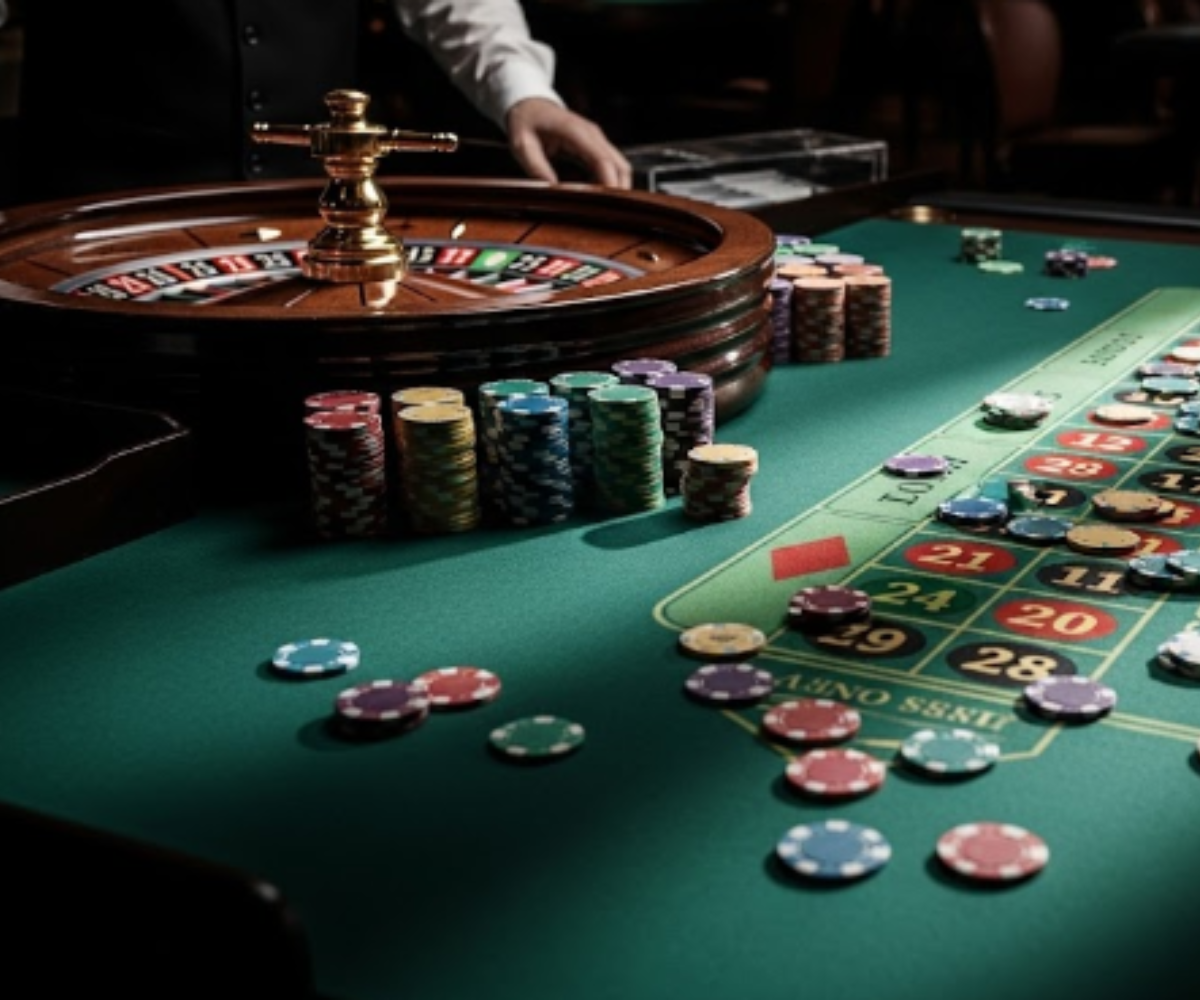In the casino industry, understanding a player's theoretical loss is essential for determining their value to the establishment.
This metric helps casinos assess how much a player is likely to lose over time based on their betting behavior and the house edge of the games they play. Here’s a detailed look at how casinos calculate theoretical loss.
Definition of Theoretical Loss
Theoretical loss represents the expected amount a player will lose over a given period or number of bets. It’s not a reflection of actual losses, which can vary widely in the short term due to luck and variance. Instead, it provides an estimate based on statistical probabilities and the house advantage inherent in casino games.
Key Components in Calculating Theoretical Loss
- House Edge:
- The house edge is the percentage of each bet that the casino expects to retain as profit over time. Different games have different house edges; for example, blackjack might have a house edge of around 1% with optimal play, while slot machines can range from 5% to 15% or more.
- Total Wagered Amount:
- To calculate theoretical loss, casinos first determine the total amount wagered by a player during their gaming session. This is often referred to as "coin-in" or "handle," representing all bets placed.
- Formula for Theoretical Loss:
- The basic formula for calculating theoretical loss is: Theoretical Loss=Total Wagered×House EdgeTheoretical Loss=Total Wagered×House Edge
- For example, if a player wagers $10,000 at a game with a 5% house edge, their theoretical loss would be:Theoretical Loss=10,000×0.05=500Theoretical Loss=10,000×0.05=500
- This means that, statistically, the player can expect to lose $500 over that betting session.
Factors Influencing Theoretical Loss
- Game Type:
- Different games have varying house edges, which directly affect theoretical loss calculations. For instance, table games like blackjack may offer lower house edges compared to slot machines, leading to lower theoretical losses for similar wagering amounts.
- Playing Time:
- The longer a player engages with a game, the more they are likely to approach their theoretical loss due to the law of large numbers. Casinos often use average session times and hands per hour to estimate total wagers over time.
- Betting Patterns:
- Players who consistently make larger bets will have higher theoretical losses compared to those who bet smaller amounts over the same period.
Read: What's the Most Popular Casino Game Worldwide?
Application of Theoretical Loss
- Comps and Rewards:
- Casinos use theoretical loss calculations to determine how much in comps (complimentary services) to offer players. For example, if a player’s theoretical loss is calculated at $500, they might receive a portion of that back in comps such as free meals or hotel stays.
- Player Tracking:
- By monitoring players’ betting behaviors and calculating their theoretical losses, casinos can tailor marketing efforts and loyalty programs to encourage repeat visits.
- Risk Management:
- Understanding theoretical loss helps casinos manage their risk exposure by balancing action across different games and ensuring they maintain profitability regardless of individual player outcomes.
The calculation of theoretical loss is a crucial aspect of casino operations that allows establishments to gauge player value and manage risk effectively. By analyzing factors such as house edge and total wagers, casinos can estimate expected losses over time and use this information to offer appropriate comps and incentives. For players, understanding this concept can provide insight into how their gambling activities are perceived by casinos and how they might maximize rewards during their visits.







%20(1200%20%C3%97%20232%20px)%20(9).png)











